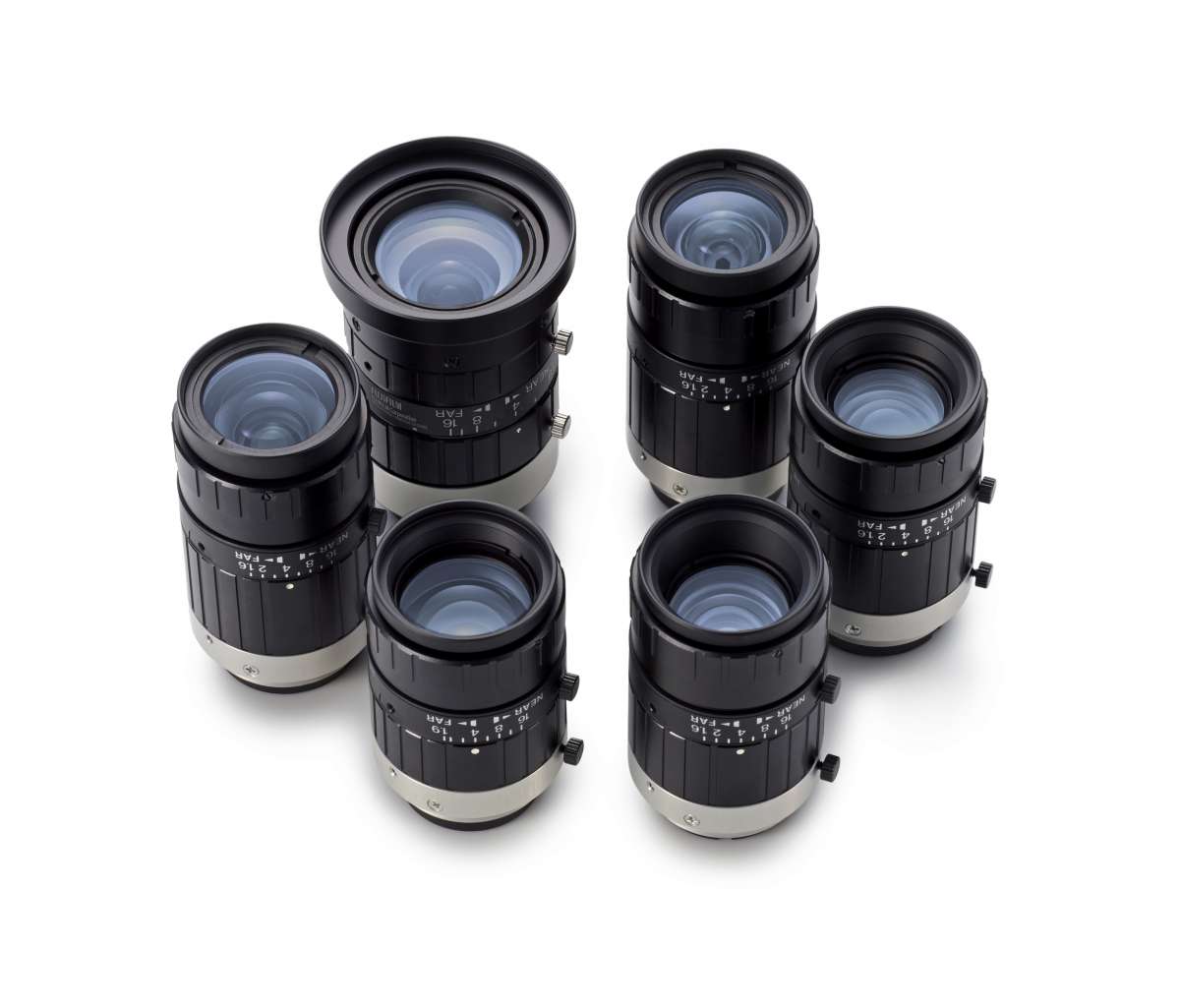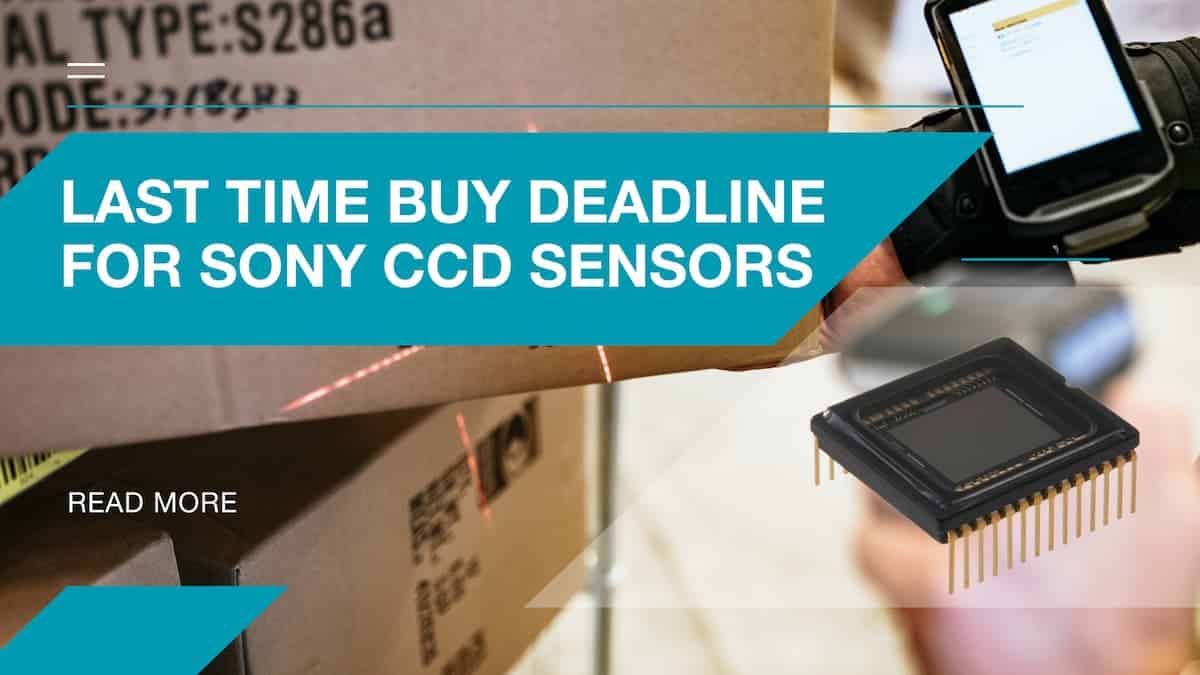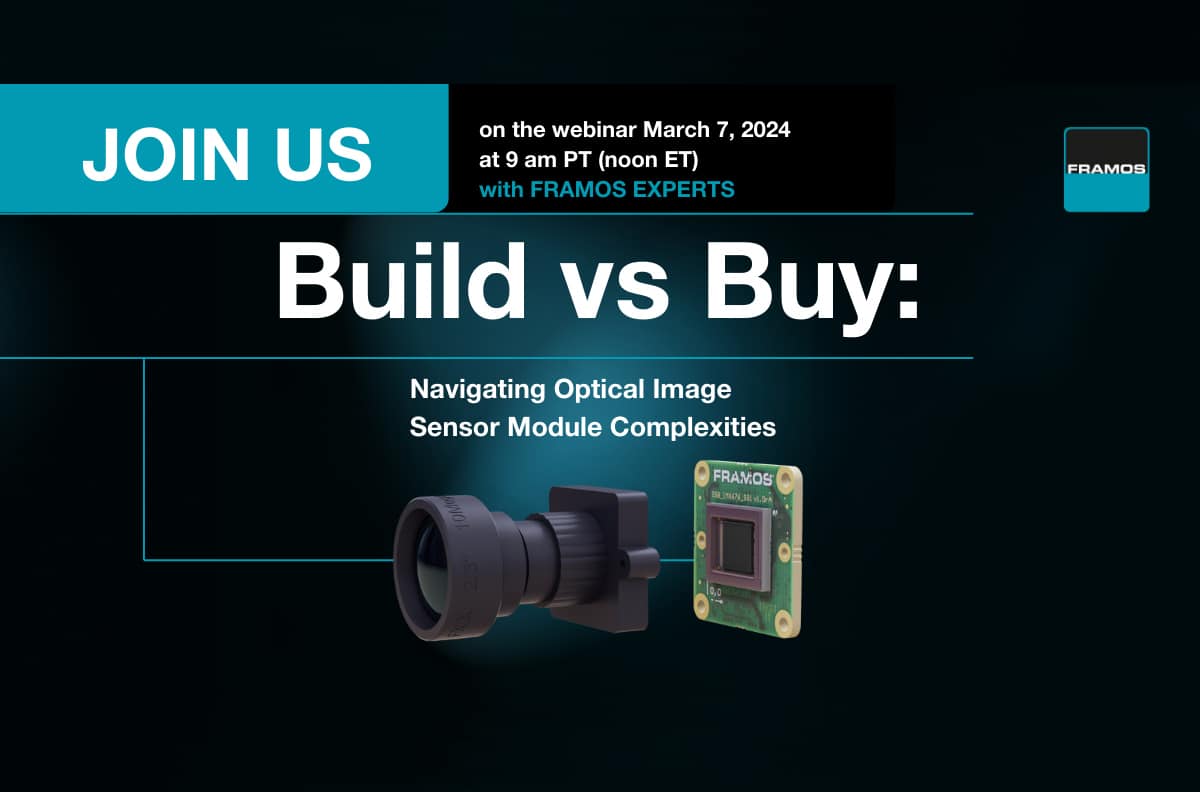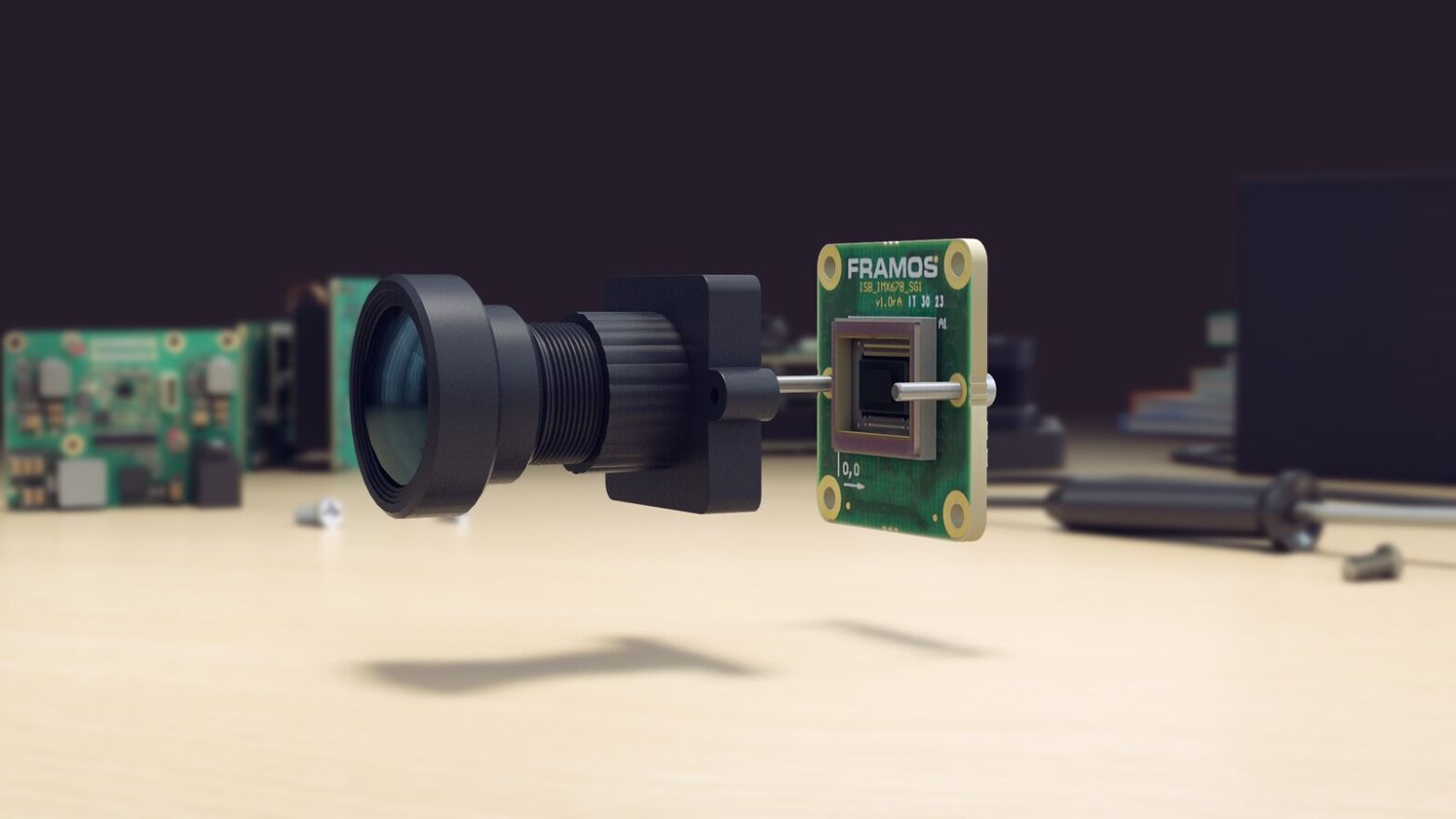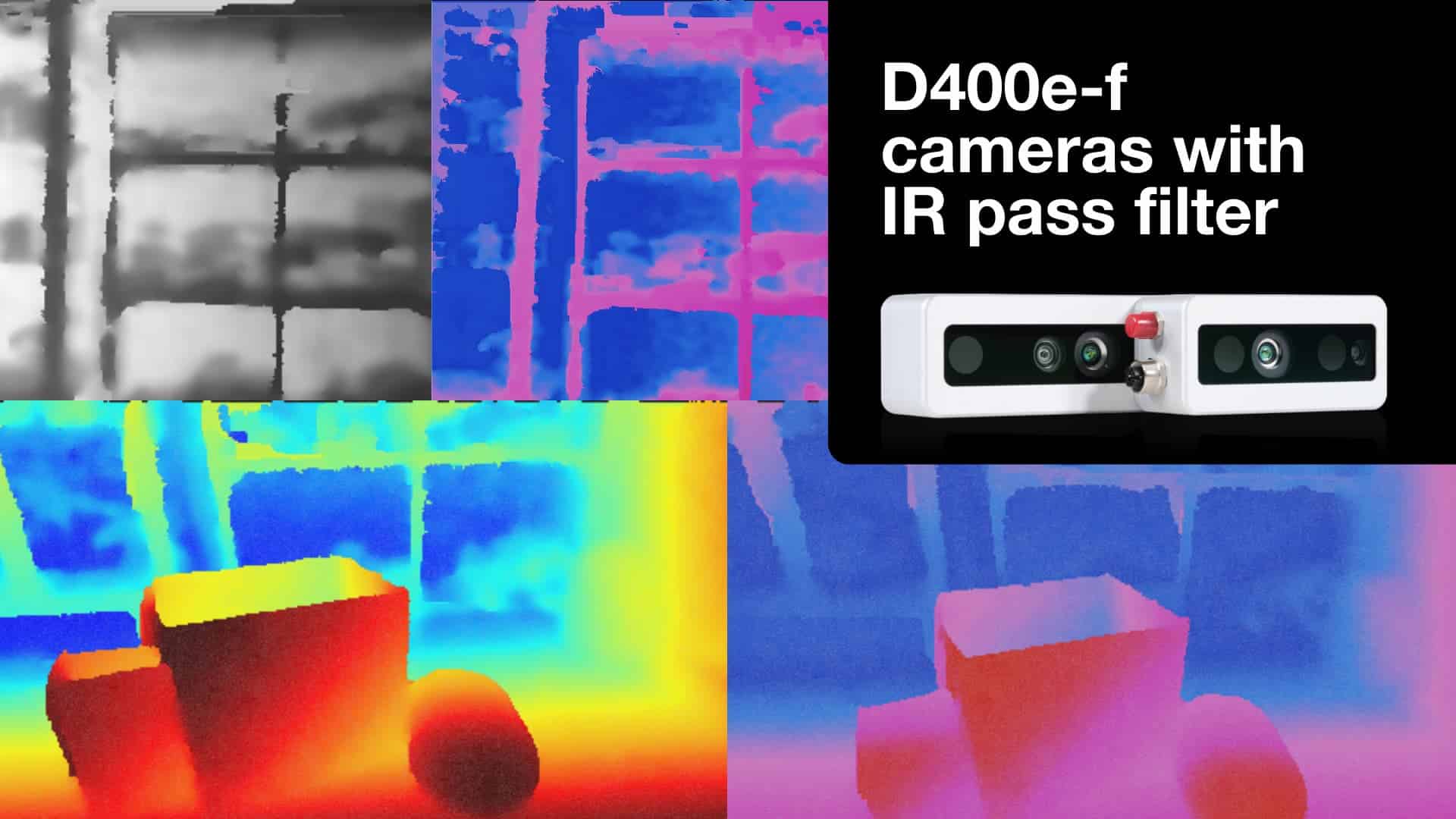When it comes to choosing the right lens, the sensor is the first and most important criteria that needs to be considered.
There are two main sensor attributes that will have an impact on the functional interaction of sensor and lens. The criteria that will impact selecting the right lens are:
- Size
- Resolution
Why does the right size matter?
| 1. | Match the image circle to the sensor’s image format Every sensor has a defined image format that your lense must meet to maximize the output and achieve the best image quality |
| 2. | Complete illumination of the sensor Only the right sized lens guaranties the light coming out of the lens projects across the entiresurface of the sensor ara to provide a high-quality output. |
| 3. | Avoid vignetting The optimal lens-sensor match will prevent unwanted shading in the corners of the sensor for an even and consistent image quality across the entire captured image. |
| 4. | Improve price/performance data If your sensor cannot make use of a larger lens, there is no benefit. Finding the best suited lens/sensor combination will ensure you do not spend extra money on a lens that will provide no additional value. |
Why is resolution important?
You will want to choose the highest-resolution lens that your sensor can accommodate to create the best possible image. A low-resolution lens and sensor with very small pixels would not produce a quality image. A the same time, you want to avoid using a high resolution lens on a sensor that has large pixels as you are paying for lens resolution that is not seen by the sensor. The key is to find the best sensor/lens combination to create an optimal image, without breaking your budget.
How to determine the best sensor/lens combination
The key points to consider are:
- pixel size
- the resolving power of the lens
The pixel size is not always apparent. To get this, you can ask your sensor or camera supplier, or calculate it by yourself using the following formula:
Pixel Size (µm²) = Sensor area (mm²) / resolution (MP)
The lens resolution is stated in line pairs per millimeter (lp/mm). To meet the needed resolving power of the lens, Modulation Transfer (MTF) charts with its contrast measurements will provide an impartial understanding for detailed validation. There is an easy formula to calculate what lens MTF you should be looking for.
Lens resolution (lp/mm) = 500/pixel size (µm)
You’ll want to add 20% for normal applications and 40% or more for high precision systems.
To understand how unique lens characteristics affect the captured image, it’s very important to check the sensor and lens combination with these test charts.
Now you can select the best lens, with confidence!
Considering both the size and resolution of the sensor will help you choose the best lens for your imaging system. Whether you are adding a lens to a new custom-built solution or you’re adding one to a purchased camera, the imaging experts at FRAMOS can assist in selecting the best lens for your application.
Looking for more information? Our How to Choose a Lens white paper may be just what you’re looking for. If you still have questions let us know, we’d be happy to help.

